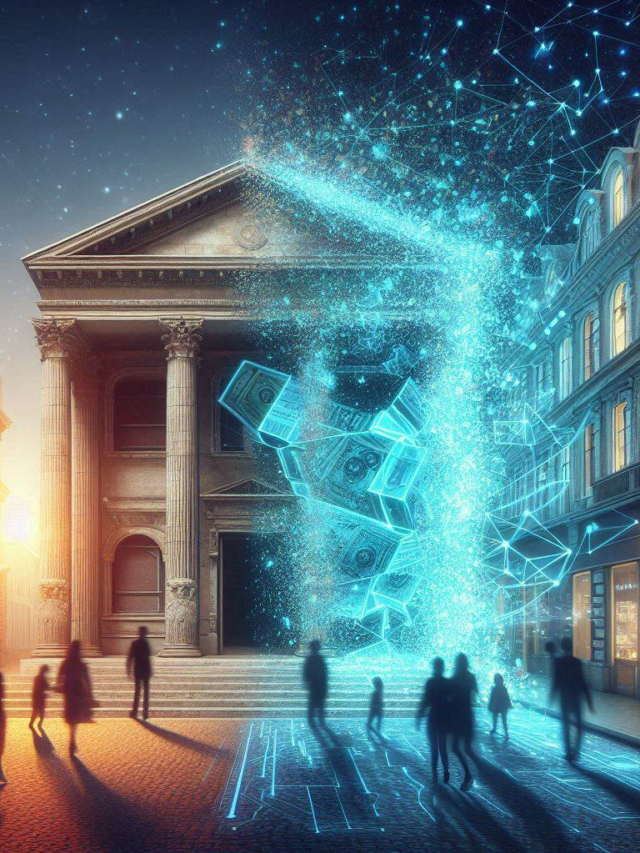Explore the intriguing world of AI agents in this comprehensive guide by Vipra Singh. This article dives into the design, types, and frameworks of these intelligent systems while emphasizing their real-world applications. Gain insights into single-agent versus multi-agent architectures, communication strategies between agents, and the benefits of specialized structures. Understand how agents use large language models to streamline tasks and improve decision-making processes. Additionally, discover various patterns in multi-agent systems and how to effectively manage complexity as you build these innovative technologies. Whether you’re a beginner or an experienced developer, this resource equips you with essential knowledge for successfully creating and implementing AI agents.
AI Agents: Exploring Multi-Agent Architectures
In the rapidly evolving world of artificial intelligence, one exciting area is the study of multi-agent architectures. These advanced systems, which involve multiple agents working together, are paving the way for more effective solutions across various applications. This blog post will dive into the significance of these architectures and their real-world implications.
Understanding Multi-Agent Architectures
Multi-agent systems operate on the principle that various agents—each with specific roles—can collaborate to achieve common goals. This approach can drastically improve efficiency and decision-making. When we build these systems, several challenges may arise:
– Agents can have too many tools, leading to poor decisions about which tool to use next.
– The complexity of the context may become too overwhelming for a single agent to manage.
– The need for specialized expertise arises, such as planners or researchers, to enhance system functionality.
Why Multi-Agent Architectures Matter
Utilizing a multi-agent architecture can lead to a range of benefits, including improved problem-solving and efficiency. By distributing tasks among specialized agents, problems become more manageable. This allows for innovations in sectors like robotics, customer service, and beyond.
Recent Developments
In today’s fast-paced tech landscape, research and improvements in multi-agent systems are happening at an unprecedented rate. As these systems evolve, they promise applications that can revolutionize how we interact with technology.
Conclusion
As we continue exploring AI agents and multi-agent architectures, it’s crucial to recognize their growing importance in fostering intelligent solutions for complex issues. Embracing these systems can lead us to innovative paths in artificial intelligence and beyond.
Stay informed about the latest in AI agents by following this blog, and don’t hesitate to share your thoughts on multi-agent systems and their future impact!
Keywords: AI agents, multi-agent architectures, artificial intelligence
Secondary Keywords: collaboration in AI, intelligent solutions, automation in decision-making
What are multi-agent architectures in AI?
Multi-agent architectures are systems where multiple AI agents work together to solve problems. Each agent can act independently, but they communicate and cooperate to achieve shared goals.
How do AI agents communicate with each other?
AI agents communicate through messages. They send and receive information to share their progress, ask for help, or coordinate their actions. This communication is key to their teamwork.
What are the benefits of using multiple agents?
Using multiple agents can improve efficiency and problem-solving. They can handle complex tasks faster than a single agent. Different agents can bring unique skills to the table, making the team stronger.
Can multi-agent systems work in real-world applications?
Yes, multi-agent systems are used in many real-world applications. They can be found in areas like robotics, traffic management, and smart homes. These systems can make decisions and manage tasks in ways that are helpful and effective.
What challenges do multi-agent systems face?
Some challenges include coordinating actions between agents and managing conflicts. It can be tricky to ensure that all agents are aligned and working towards the same goal without stepping on each other’s toes.





